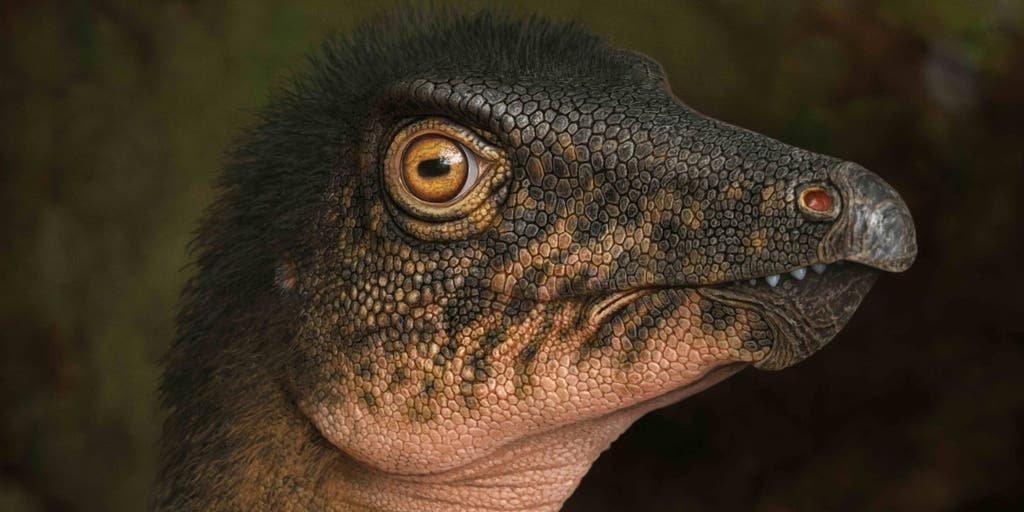Epic Dinosaur Discovery Under Denver: A 67-Million-Year-Old Fossil Unearthed
In a remarkable turn of events, officials at the Denver Museum of Nature and Science (DMNS) announced the discovery of a 67-million-year-old dinosaur bone during a geothermal drilling project in spring 2024. The project aimed to study the underlying geology beneath City Park and the larger Denver Basin, ultimately leading to the unearthing of a fossil that captures a glimpse into the distant past. This remarkable finding highlights the hidden prehistoric treasures that may lie beneath urban landscapes, as well as the ongoing exploration of our planet’s geological history. Learn more about the DMNS here.
The dinosaur bone is identified as part of the vertebra from a plant-eating dinosaur that roamed the Earth during the Late Cretaceous Period. Paleontologists believe that the specimen resembles the Thescelosaurus, a two-legged dinosaur known for reaching lengths of around 10-12 feet. This discovery not only sheds light on the types of dinosaurs that once inhabited the region but also points to a vastly different ecological setting—one that was once a tropical and swampy habitat filled with lush vegetation and towering palm trees. Such insights pique our fascination with ancient ecosystems and the dynamic nature of Earth’s geology.
During the Late Cretaceous, the land where modern-day Denver now lies was transformed into a vibrant ecosystem, abundant with herbivorous dinosaurs thriving in the lush surroundings. According to DMNS officials, these dinosaurs coexisted with formidable predators like the Tyrannosaurus rex. The partial vertebra itself is a direct link to a time when these colossal creatures roamed freely, offering both scientists and the public an incredible opportunity to connect with the deep past. The fossil serves as a reminder of the rich prehistoric narratives that remain buried, waiting to be discovered.
In June, findings related to the dinosaur bone were published in the journal Rocky Mountain Geology, providing a detailed analysis that has garnered attention from paleontologists and enthusiasts alike. The implications of this discovery extend beyond mere fascination; it also underscores the importance of geological studies as tools for understanding Earth’s evolutionary history. Explore geological studies with the DMNS.
The significance of fossils like the one found beneath Denver lies in their ability to inform scientists about ancient climatic conditions, evolutionary biology, and the ecosystems that supported diverse life forms millions of years ago. As we analyze these treasures, we can gain invaluable insights into how environmental changes have shaped life on Earth—lessons that remain pertinent as we face today’s environmental challenges. Such discoveries are crucial for educating the public and spreading awareness about the scientific importance of paleontology and geology.
As the world continues to change and evolve, the discovery of the Thescelosaurus vertebra under the DMNS stands as a poignant reminder of our planet’s past. These fossils not only enrich our understanding of history but also help us appreciation the ongoing geological processes that shape our world today. Future explorations and studies in urban areas like Denver may reveal even more hidden wonders, allowing us to piece together the intricate tapestry of life that has existed on Earth over millions of years.
In conclusion, the uncovering of the dinosaur bone beneath the Denver Museum of Nature and Science showcases how modern technology, such as geothermal drilling, can unexpectedly unveil the deep-seated stories of our planet. From revealing ecosystems long lost to offering insights into prehistoric life forms, such discoveries enhance our understanding of the natural world while also reigniting interest in paleontological research. As we look toward the future, this remarkable finding encourages us to continue exploring our planet’s rich geological history and the ancient life that once inhabited it. Stay updated with DMNS for more dinosaur discoveries and research.









